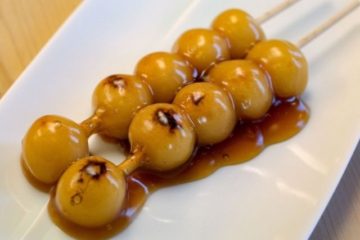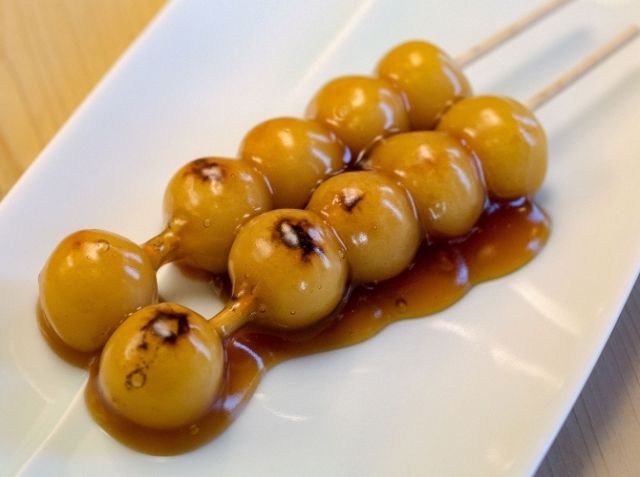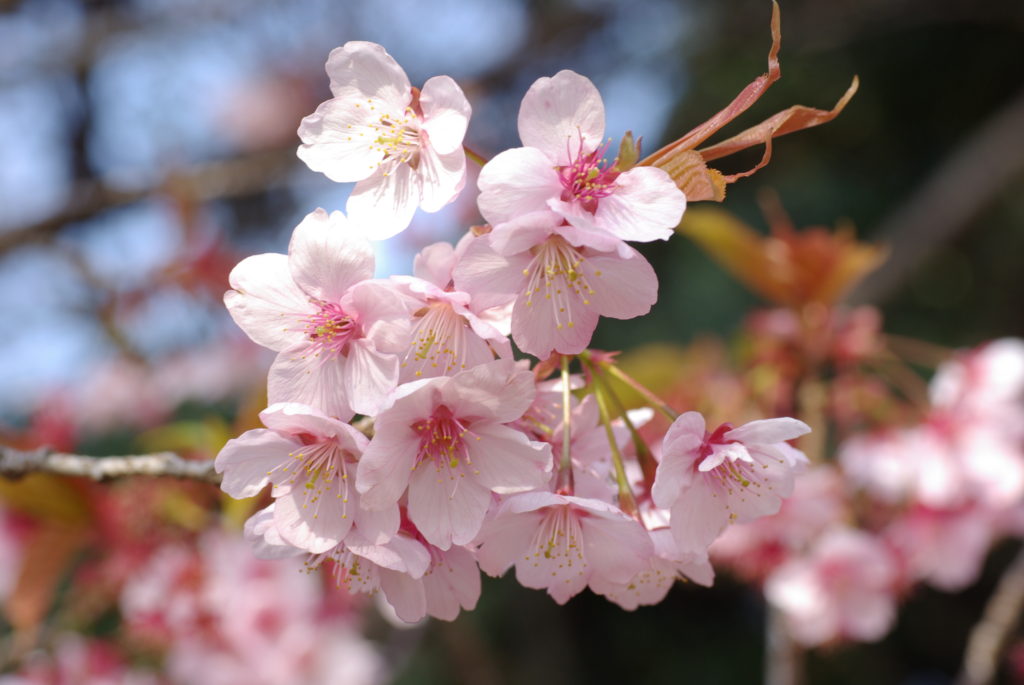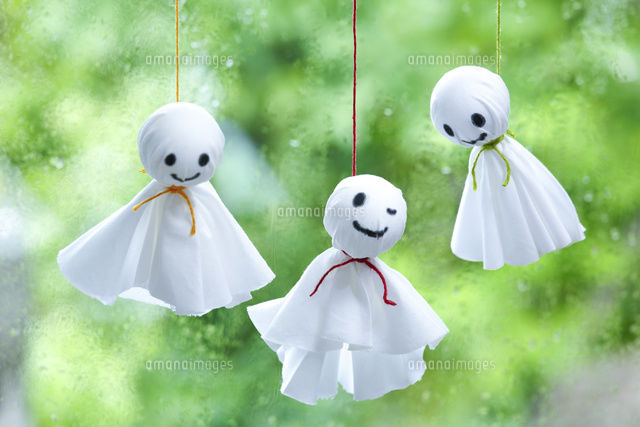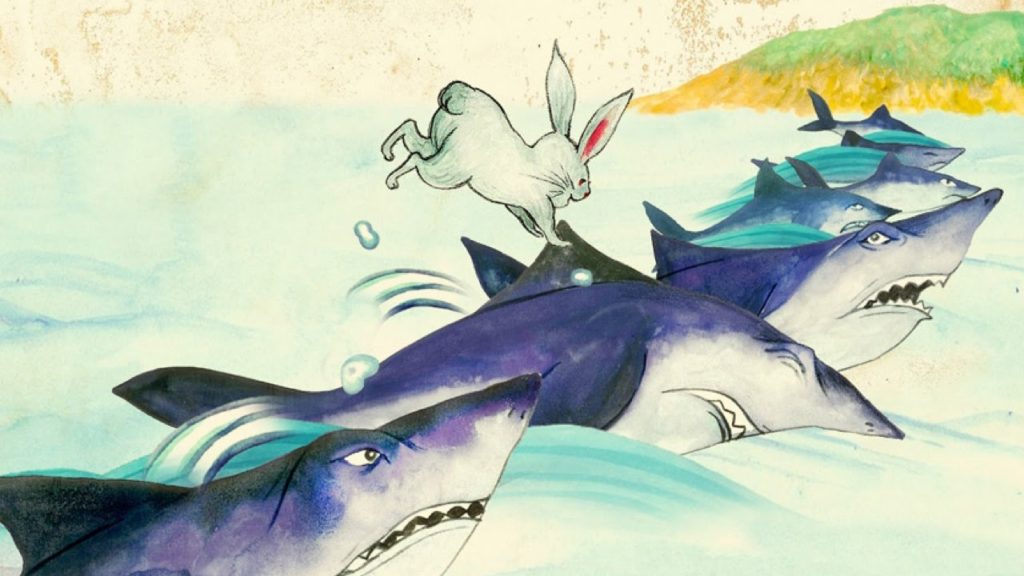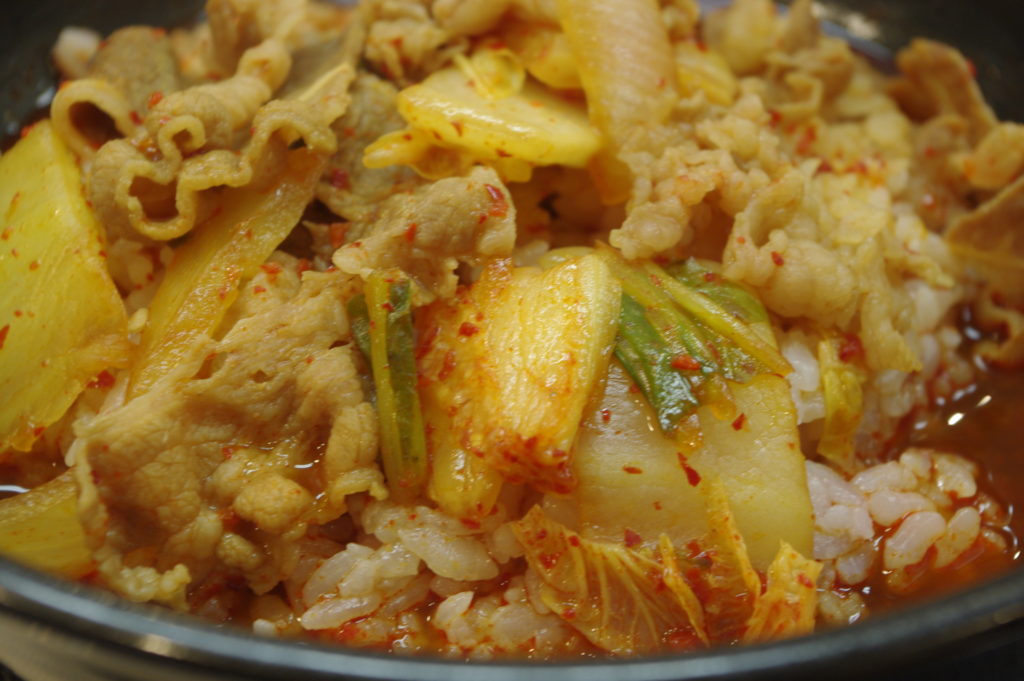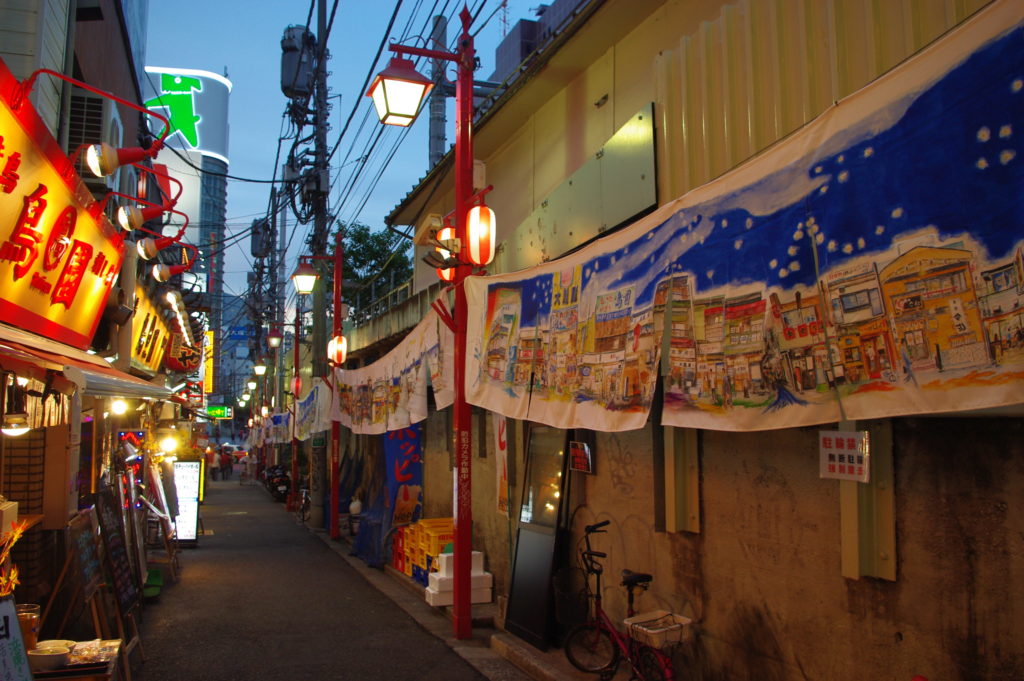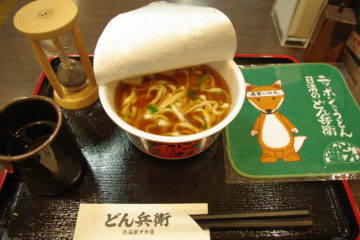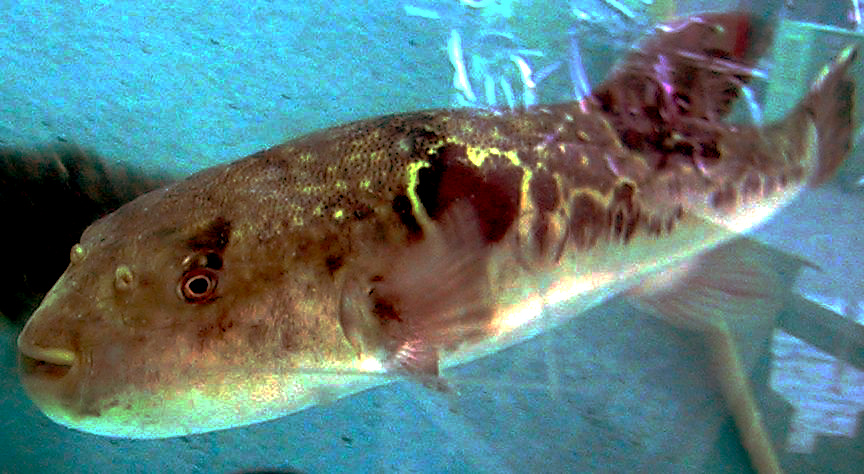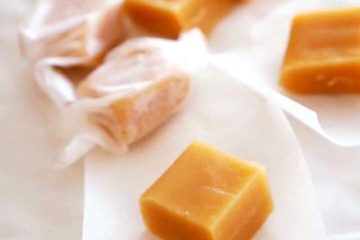



IMG000001
Who can imagine that this view is limited to the spring season in Japan?!
A surprising, diverse, colorful and unmistakable landscape presents itself.
You will find yourselves immersed in the beauty of this majestic scene.
The wall of this snow corridor can be as tall as 20-meters high as you walk through it, and the awesome scenery is unique even on a global scale.
This view can be only seen in springtime from April to mid only.

Please enjoy an extraordinary panoramic trip. Tateyama is a holy peak considered as one of the three great mountains of Japan along with Mt. Fuji and Hakusan.
The Tateyama Kurobe Alpine Route that runs as if piercing through Tateyama is a mountain touring route that goes through the mountain range of the Northern Alps (all the peaks are as much as 3,000 meters tall). Although the route is about 25kilo meters as the crow flies, the difference in elevation is 1,975 meters from Tateyama Station (at 475 meters above sea level) to Murodo (2,450 meters above sea level).
This route links Tateyama-machi in Nakaniikawa-gun, Toyama Prefecture and Omachi-shi in Nagano Prefecture by six means of transportation. When going from the Toyama Prefecture side, you will pass through the mountains by riding on the Tateyama Cable Car that goes up a difference in elevation of 500 meters at once, Kogen Bus that goes up to the highest point (Murodo), Tateyama Tunnel Trolleybus that runs right beneath the mountaintop of Tateyama, Tateyama Ropeway that offers a sweeping view of the Tateyama mountain range, Kurobe Cable Car which is the only line in Japan that goes entirely under a tunnel, and Kanden Tunnel Trolleybus that goes through the tunnel. (first used when constructing the Kurobe Dam) Almost all the zones are located in the Chubu Sangaku National Park. By passing through many scenic spots such as the Northern Alps’ magical mountains, dynamic Kurobe Gorge, and Kurobe Dam(Picture right side), the splendor of Mother Nature can be fully enjoyed.

